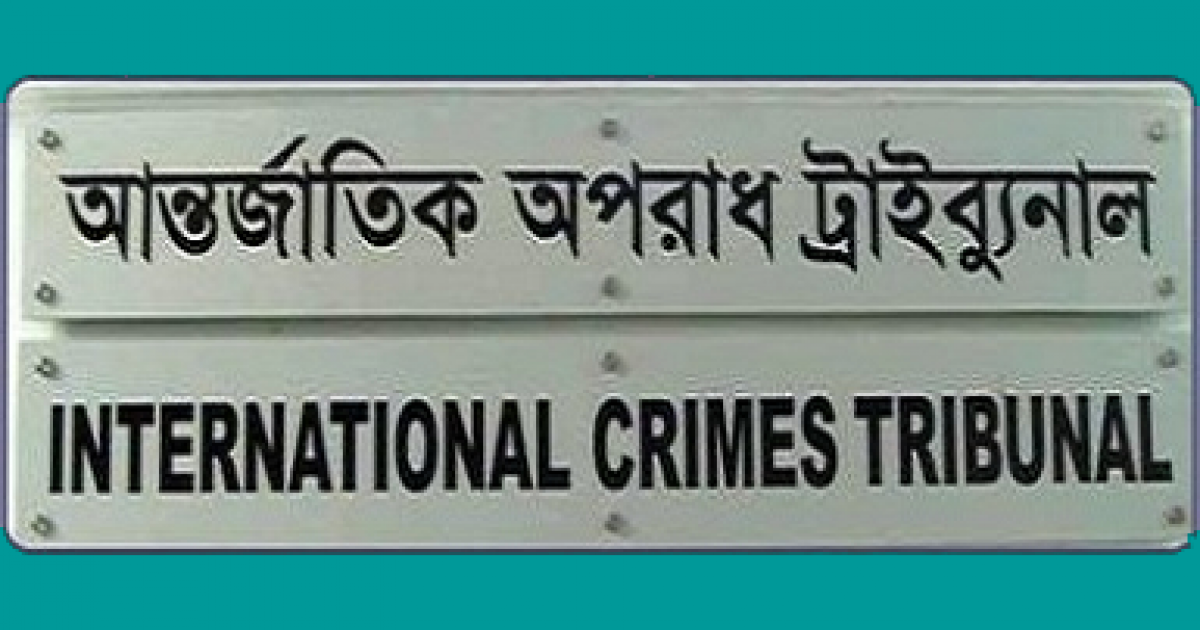NASA tricked revolutionary X-59 quiet supersonic aircraft into thinking it’s flying in California
One step closer to taking to the skies for real The post NASA tricked revolutionary X-59 quiet supersonic aircraft into thinking it’s flying in California appeared first on Supercar Blondie.

NASA tricked its research aircraft X-59 into thinking it was flying while it was actually sitting inside a testing facility, as part of its Quiet Supersonic Technology (QueSST) program.
The QueSST mission features the one-of-a-kind X-59 aircraft and will help enable commercial supersonic air travel over land.
Last week, the X-59 successfully completed a simulated test flight, which essentially tricked the aircraft into thinking it was cruising high above the California desert.
The latest test brings the X-59 a step closer to its first flight, which is due to take place this year.
DISCOVER SBX CARS – The global premium auction platform powered by Supercar Blondie
The US space agency’s QueSST mission is aiming to demonstrate technology that will allow supersonic flight without the sonic boom.
Aviation enthusiasts may be aware that there have been zero commercial supersonic flights since 2023, when Concorde was shelved.

One of the primary reasons we’ve not seen supersonic flight since then is down to the super loud and somewhat disturbing sonic booms. Many countries banned supersonic planes from flying overhead due to the noise they create.
However, now NASA is working on a solution to that problem with its QueSST mission and the X-59 aircraft.
Rather than a jarring sonic boom, NASA says its X-59 aircraft will make a noise that is similar to a car door slamming.
On May 16, NASA announced that the X-59 had ticked off another important milestone after successfully completing a critical series of ground-based tests at Lockheed Martin’s Skunk Works facility in Palmdale, California.
“The idea behind these tests is to command the airplane’s subsystems and flight computer to function as if it is flying,” said X-59’s lead avionic engineer, Yohan Lin.
The goal of the tests was to make sure that the hardware and software were working properly together and able to handle any problems that may arise.
During the testing, most of the aircraft’s systems were turned off, apart from the engine. This meant that if the test pilot moved the control stick, the flight computer would respond as if the X-59 were in flight.

Meanwhile, the aircraft was electronically connected to a ground computer that sent up simulated signals for this like changes in speed, altitude, or temperature, all of which the X-59 interpreted as real.
“These were simple maneuvers, nothing too crazy,” Lin said.
“We would then inject failures into the airplane to see how it would respond. Would the system compensate for the failure? Was the pilot able to recover?”
The result? A resounding success. The tests were able to help identify a few things that needed to be tweaked in order to get the aircraft ready to take to the skies for real.
DISCOVER OUR SUPERCAR AUCTION SITE – View live auctions on SBX CarsThe post NASA tricked revolutionary X-59 quiet supersonic aircraft into thinking it’s flying in California appeared first on Supercar Blondie.
What's Your Reaction?









































